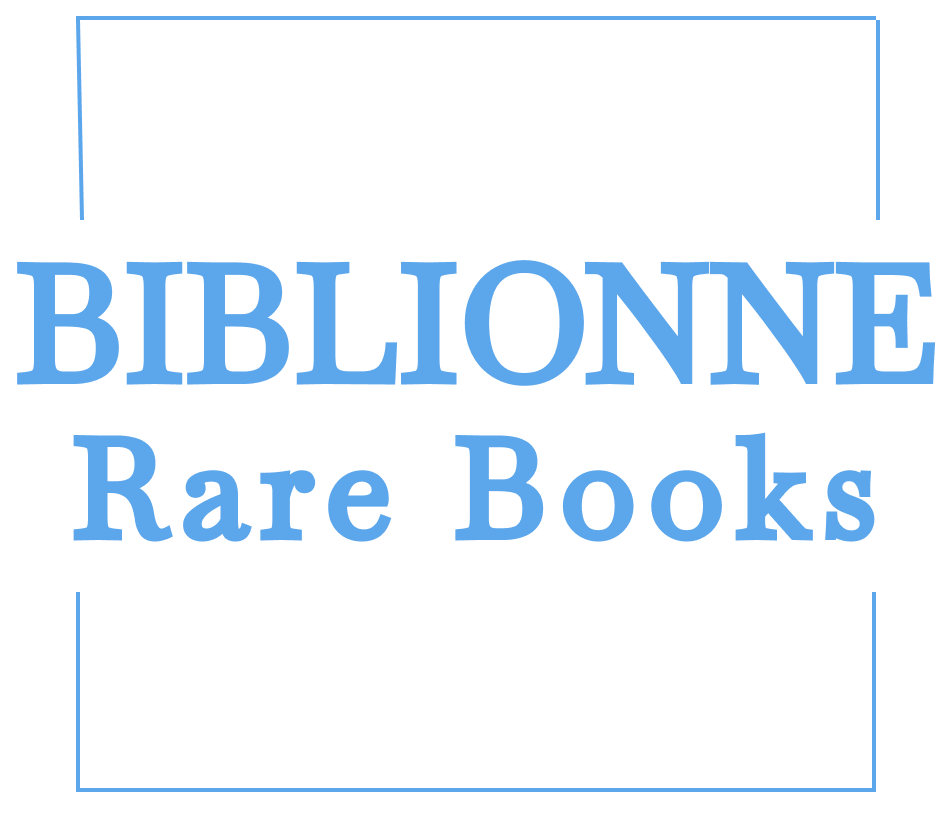Little Octobrists at School. Kazakhs, Circassians, Samoyeds, Khevsurians, and Uzbeks.
Little Octobrists at School. Kazakhs, Circassians, Samoyeds, Khevsurians, and Uzbeks.
Couldn't load pickup availability
[Little Octobrists at School]. Oktiabriata na Uchebe. Magazine-textbook for the 2nd group of Moscow Oblast Elemenatary Schools. No 3.
Cover by P. Aliakrinskii.
Illustrations by P. Aliakrinskii, Vasil’ev, V. Ermolov, V. Ladiagin and V. Shcherbakov.
[Moscow], MOONO, Uchpedgiz, 1932.
8vo, 48 pp., ill.
In original pictorial wrappers and modern paper folder. Issued without title-page.
In good condition, lightly rubbed, wrappers somewhat foxed, with light fraying and splitting to spine extremities.
Rare in good condition.
The 1920s and 1930s were a period of experimentation in the Soviet education system, ranging from complete exclusion of textbooks to the use of unified textbooks. The scientific and pedagogical section of the GUS (State Academic Council) was responsible for changing 'books for reading' (textbooks) into 'books for working', which were adapted to local situations and daily life.
One significant innovation during this time was the creation of magazine-textbooks—a completely unique blend of periodical and textbook, composed of new and creative content without regard for past materials. These textbooks highlighted the successes of the five-year plan, new political and social campaigns, and the experiences of the children's communist movement. The idea of magazine- or newspaper-textbooks first appeared in periodicals in 1926, but the first one was not issued until 1930 due to the start of the first five-year plan. The emergence of magazine-textbooks was driven by the transition to an experimental continuous workweek and plans to implement year-round schooling. Furthermore, in 1930, universal primary schooling was implemented, leading to the appearance of these new textbooks (used together with other textbooks and materials). From March 1930 to June 1932, more than 30 monthly magazine-textbooks were issued throughout the Soviet Union, with issues from Leningrad and Moscow being considered general for all Soviet children. In 1933, the unified system of textbooks was established, putting an end to experimental innovations.
'Oktiabriata na Uchebe' was published in 1932, and only five issues were released. This textbook issue focuses on the ethnic groups of the USSR and how their lives changed after the October Revolution. It includes verses and short stories about Kazakhs, Circassians, Samoyeds, Khevsurians, and Uzbeks. Additionally, the textbook contains agriculture tips such as protecting plants from frost or preparing seeds for sowing, as well as natural experiments and questions, such as monitoring frogs or mosquitoes. An atheistic poem about Easter is printed on the back cover.
The issue is illustrated with rare photos of various ethnic groups from Central Asia, featuring an uneducated census in the South Caucasus, Kalmyk women and a milk separator, admission into the Komsomol, and nursery in Turkmenistan.












